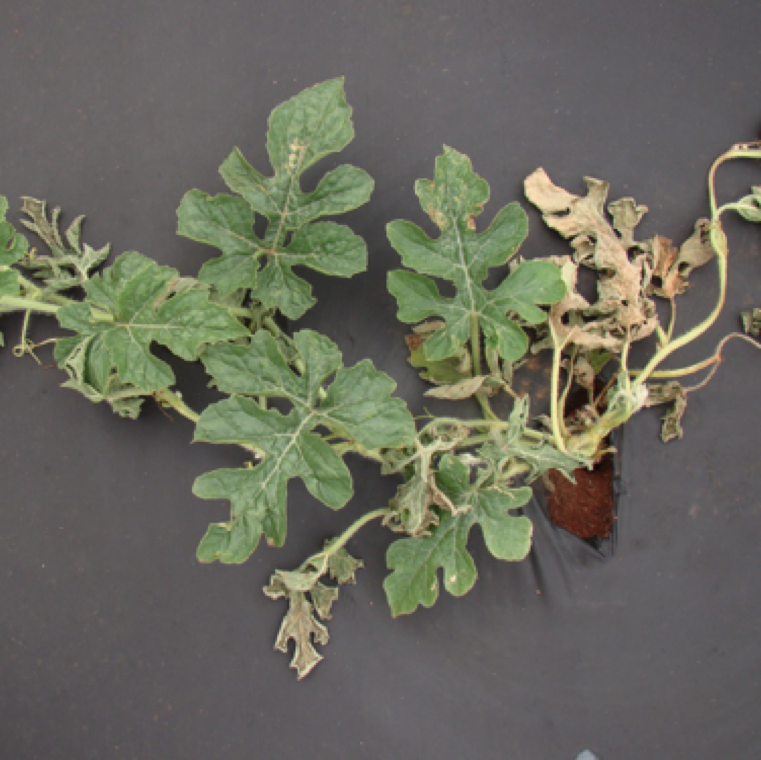By Clint Thompson
North Florida watermelon producers have begun observing Fusarium wilt disease in this year’s crop. But the reported instances are drastically lower than in previous years, believes Bob Hochmuth, University of Florida Institute of Food and Agricultural Sciences (UF/IFAS) Regional Specialized Extension agent in Live Oak, Florida.

“I would say it’s very minor. In my opinion, we’ve seen a lot more cases in the last two years than we are seeing this year. But where we are seeing it, it makes sense that we’re beginning to get those symptoms,” Hochmuth said. “The plants are growing really rapidly. The last two weeks have been warm and sunny. They’re trying to get a lot of water uptake, and at some point, when you get fusarium and it starts clogging the ability of the plant to pick up what it needs, that’s when we start to see a little bit of the wilting and the collapse. That’s what we’re seeing.”
Fusarium wilt of watermelon is caused by the fungus Fusarium oxysporum f. sp. Niveum, according to UF/IFAS. The pathogen is host-specific to watermelon and will not cause disease on other closely related cucurbits or noncucurbit hosts.
The first field symptoms in watermelon plants will be dull gray-green leaves and wilting during the hottest part of the day. Wilted plants can recover at night, but over time, symptoms become permanent. Infected plants eventually collapse and die.
Hochmuth stresses that there is less fusarium overall, which is related to the fact that a lot of the fields were really warm when planting happened in February before cold events occurred in March.
There are no management options for the disease after the crop has been established. Producers are encouraged to submit a sample plant to their local Extension agent if they suspect they have Fusarium.









